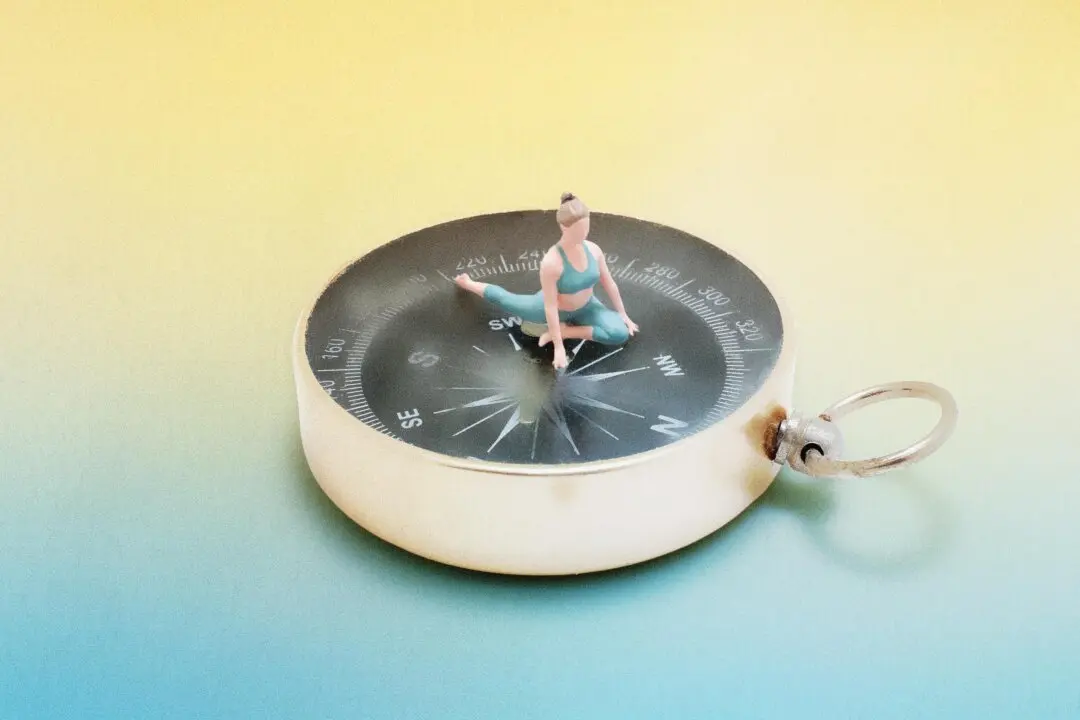One of the most common sources of difficulty for most of us is frustration—we can get frustrated with the smallest things throughout the day.
And yet, becoming aware of how often we’re frustrated doesn’t quite solve the problem. Someone pointing out that you’re frustrated only makes you more irritated.






